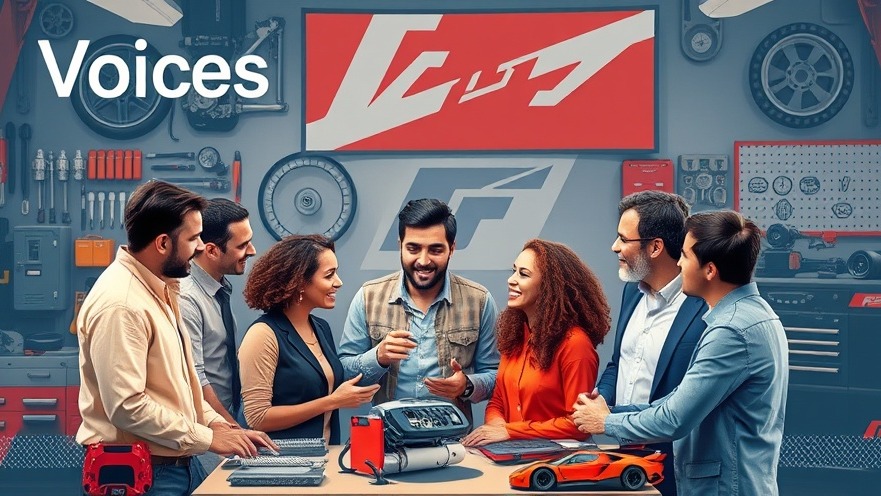
Why Collision Shops Are Struggling with Insurance Companies
Collision repair shops often find themselves at odds with insurance companies, who are seen as the primary payers for repair services. The tension arises from a combination of tight profit margins within the industry and the prevalent practice among insurers to push back on legitimate costs. Most customers are unaware of how intricately these negotiations play out behind the scenes, leading to frustrating exchanges over pricing and repair authorizations. Understanding this dynamic can empower both shop owners and customers to navigate the process more effectively.
Documenting Costs: A Key to Reducing Conflict
As collision shop owners ponder their pricing strategies, careful documentation emerges as a crucial aspect of reducing friction with adjusters. By justifying labor rates and repair timelines comprehensively, shops can significantly lessen the pushback they encounter. For instance, a detailed breakdown showing the skill levels of technicians, the necessary equipment used, and a transparent accounting of the time required for repairs can present a compelling argument to justify higher prices.
Moreover, shops should familiarize themselves with local regulatory standards regarding fair pricing, as this knowledge will strengthen their negotiating position. Claim denial or discounts often come from a lack of information, making it imperative for collision repair businesses to be proactive in documenting their processes.
Understanding Labor Rates and Material Costs
One critical area where collision shops should assert their value is labor rates. Each shop must establish labor charges consistent with industry standards rather than those dictated by insurance companies. This means thoroughly researching local rates and being prepared to present this information during claims discussions.
Similarly, understanding how material costs impact repair pricing is essential. Using a material calculator helps ensure that shops do not leave money on the table. When submitting estimates, breaking these materials down into categories can help communicate clear expectations to insurers, specifying what comprises paint and materials, along with other charged items.
The Importance of Pricing Strategies
Effective pricing strategies are vital not only for profitability but also for customer satisfaction. Pricing must reflect the quality of the service offered, catering to the diverse needs of the clientele. As noted in Developing Effective Pricing Strategies for Auto Repair Shops, a competitive analysis can help shops position their services correctly. By understanding local market rates and adjusting prices based on demand and seasonal aspects, shop owners can ensure they remain viable in a competitive landscape.
Additionally, categorizing services into standard and premium tiers allows shops to appeal to a wider customer base, from those seeking essential repairs to those desiring high-end, comprehensive services. This approach not only maximizes profitability but also enhances customer loyalty as clients feel they have options tailored to their needs.
Conclusion: The Path Forward for Collision Shops
Collision shops are under pressure from insurance companies that often resist fair compensation for legitimate services. By focusing on accurate documentation, justifying costs with data, and strategically setting prices, owners can shift this dynamic to their advantage. The industry's evolving landscape demands that shops stay informed about best practices and market trends to thrive.
Empowering shops with knowledge about their worth and adopting effective communication strategies can lead to less friction with insurance adjusters and ultimately result in improved profit margins.
 Add Row
Add Row  Add
Add 




 Add Row
Add Row  Add
Add 

Write A Comment